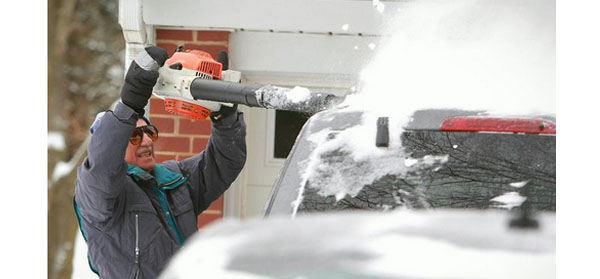Despite the warm weather this October, the long range forecast from Accuweather calls for cold spells early in the season in some regions, which would set the stage for strong remote start sales.
Accuweather forecasts periodic cold snaps in the Northeast and the Great Lakes and Northern Plains in November through mid-December, ideal for remote start sales for Christmas.
Snow is also expected in waves during November through mid-December with a lull until January, which should be a colder than average month. The typical January thaw is not expected to hit until February.
Inland Northeast states will see the coldest temperatures, especially those near and west of the Appalachian Mountains.
Additionally, the cold season could extend “well past March 1st.”
Where last year Boston had only 38.6 inches of snow, it is predicted to receive 45 to 55 inches this year.
In the Great Lakes and Northern Plains, again, Accuweather is predicting a colder than normal winter with snow early in the season. Expect lake effect snow in the Great Lakes region to start late in November into December, and then kick into high gear in January.
Heading west into the Plains, the weather will also be colder. Expect temperatures 5 to 10 degrees lower than last year, continuing into February.
For the South, Accuweather is expecting a mild December followed by a cold snap in January in the southern Plains. You may remember last year the cold hit Texas in February, leaving millions without power for days. This February, the cold will also be “disruptive” but not at the historical levels that resulted in 200 deaths last year.
January’s cold weather will extend into eastern Texas, eastern Oklahoma and Arkansas.
As last year, this winter will be shaped by a La Niña weather pattern where water near the equator in the Pacific Ocean is cooler than average. This influences the jet stream and the track of storms hitting North America. This is the opposite of the El Niño weather pattern with warmer than normal waters in the Pacific, near the US West Coast, which causes drier weather in the Northern US and Canada but wetter weather and flooding in the Southeast and Gulf Coast.
Source: Accuweather









